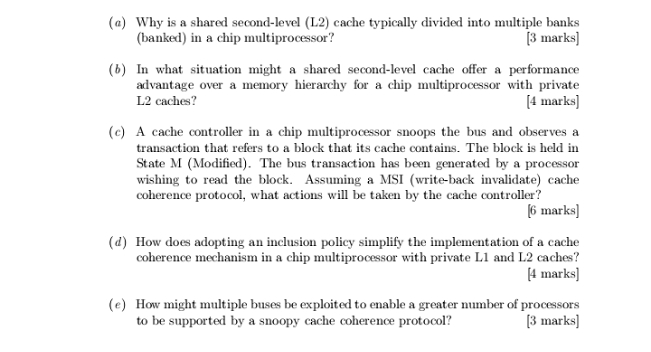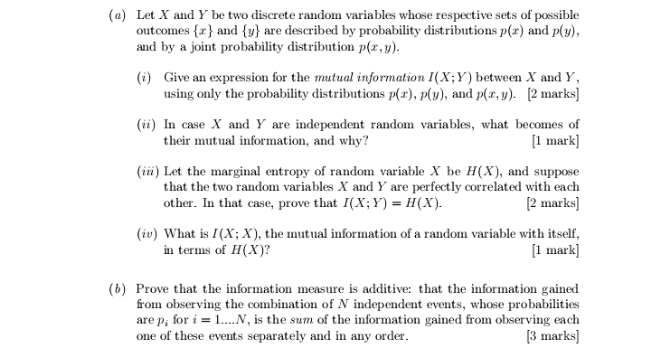Question
Fix the following C program so it compiles and runs. #include stdio.h #include unistd.h #include stdlib.h #include string.h #include pthread.h #include semaphore.h void * thread_function(void
Fix the following C program so it compiles and runs.
#include stdio.h
#include unistd.h
#include stdlib.h
#include string.h
#include pthread.h
#include semaphore.h
void * thread_function(void *arg);
sem_f bin_sem;
#define party_size 1024
/ definition function /
char party_area[party_size];
int main()
{
int result;
pthread_f a_thread;
void *thread_result;
result= sem_init(&bin_sem,0,0);
{
if (result != 0)
{
perror(" the partier waits for the pledge");
exit(exit_failure);
}
printf(" the drink is not filled with keg");
if(result != 0)
{
perror(" the partier wake sup the pledge");
exit(exit_success);
}
printf(" the drink is filled with the new keg");
sem_wait (&bin_sem);
}
pthread_exit(null);
}
answer all questions


Step by Step Solution
There are 3 Steps involved in it
Step: 1

Get Instant Access to Expert-Tailored Solutions
See step-by-step solutions with expert insights and AI powered tools for academic success
Step: 2

Step: 3

Ace Your Homework with AI
Get the answers you need in no time with our AI-driven, step-by-step assistance
Get Started


